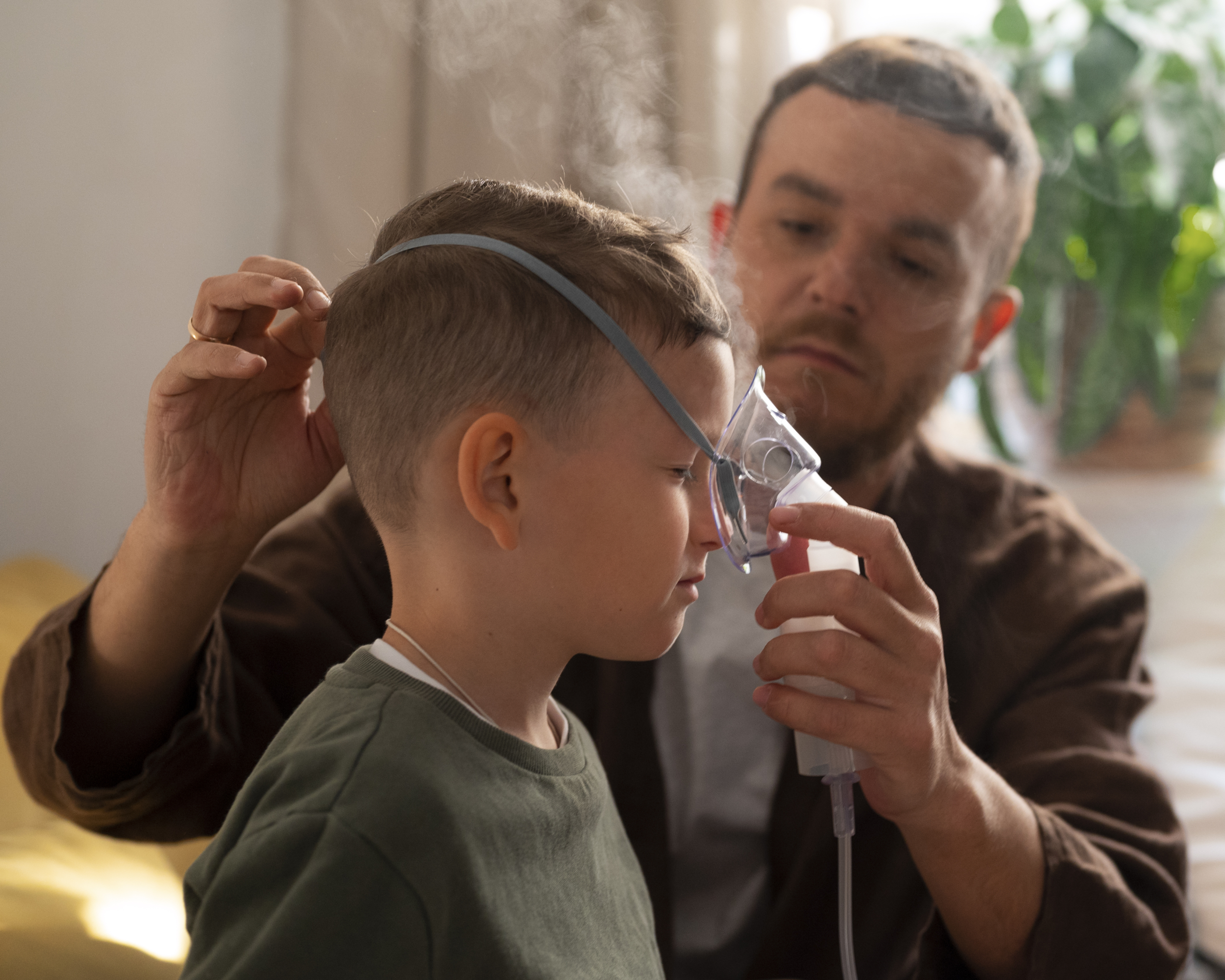Inequitable Asthma Deaths in Low-And-Middle-Income Countries
 Asthma is a chronic lung disease with many recognizable symptoms, such as chest tightness, wheezing, coughing and inflammation of the lungs. It affects both adults and children and is a noncommunicable disease (NCD), meaning it cannot be caught. However, it does run in families and there are a number of factors that can elevate the risk of developing it. Despite available treatments, it remains “the most common chronic disease among children” and in 2019, there were 455,000 asthma deaths globally. Even milder cases, when they go untreated, can cause people to miss work or school due to symptoms like fatigue and poor concentration. A common knock-on effect of these absences is a negative impact on many families’ finances, which can exacerbate or even cause cycles of poverty.
Asthma is a chronic lung disease with many recognizable symptoms, such as chest tightness, wheezing, coughing and inflammation of the lungs. It affects both adults and children and is a noncommunicable disease (NCD), meaning it cannot be caught. However, it does run in families and there are a number of factors that can elevate the risk of developing it. Despite available treatments, it remains “the most common chronic disease among children” and in 2019, there were 455,000 asthma deaths globally. Even milder cases, when they go untreated, can cause people to miss work or school due to symptoms like fatigue and poor concentration. A common knock-on effect of these absences is a negative impact on many families’ finances, which can exacerbate or even cause cycles of poverty.
Disproportionate Asthma Deaths
Underdiagnosis and under-treatment remain a major hurdle in managing the disease effectively. A study published in the “Journal of Allergy and Clinical Immunology” revealed that only 10% of people with asthma symptoms in Uganda had a formal diagnosis. The effect of this is shown starkly as the “Ugandan asthma mortality rate of 19 deaths per 1000 person-years is 90 times that of the United Kingdom (U.K.).” This is not unique to Uganda, as 90% of asthma deaths occur in low-middle-income countries.
While it is believed that “there is no logical biological rationale for asthma to differ between countries according to their income alone,” the environment can have a drastic impact. A fetus exposed to factors such as smoke, air pollution and antibiotics in utero is more likely to experience asthma and these conditions are often found in urban, lower-income environments.
What Is Being Done?
The Global Initiative for Asthma (GINA) has organized World Asthma Day since 1998. It advocates education as a partial solution to asthma. Since 2014, the organization has been funded entirely by people purchasing its resources. Some of the organization’s objectives include “increasing awareness of asthma and its public health consequences” and “improving availability and accessibility of effective asthma therapy.”
The World Health Organization (WHO) also advocates for empowering asthmatics (and those who live with them) through education. It believes that increased knowledge in areas such as symptom management, triggers and how to administer medicines will not only reduce health costs but also reduce absences from school and work, resulting in fewer hospitalizations and, ultimately, asthma deaths.
The Good News
The good news is that convenient treatments for asthma have been available since the invention of the inhaler in 1956. Additionally, in 2023, the American Food and Drug Administration (FDA) approved Airsupra inhalation aerosol “to reduce the risk of asthma attacks in patients with asthma 18 years of age” and above. However, while there is some difficulty with using inhalers in emergencies or with children, WHO has found that homemade spacers made from plastic bottles “can be as effective” as manufactured ones.
New treatments for asthma continue to be developed. The SHAMAL study in 2023 showed that the use of injected benralizumab every four to six weeks allows more than 90% of patients to decrease their use of steroids, thus reducing the prevalence of undesirable side effects. While the study needs to be corroborated, it may be the start of more “biologic” treatments for people living with asthma.
Final Remark
The fight against asthma is far from over. Yet, with the development of new treatments and hard work being done on the ground educating not only people with asthma but their families and health care professionals, we are working toward a future where asthma-related deaths are a thing of the past.
– Rachael Denton-Snape
Rachael is based in High Wycombe, UK and focuses on Global Health for The Borgen Project.
Photo: Freepik
